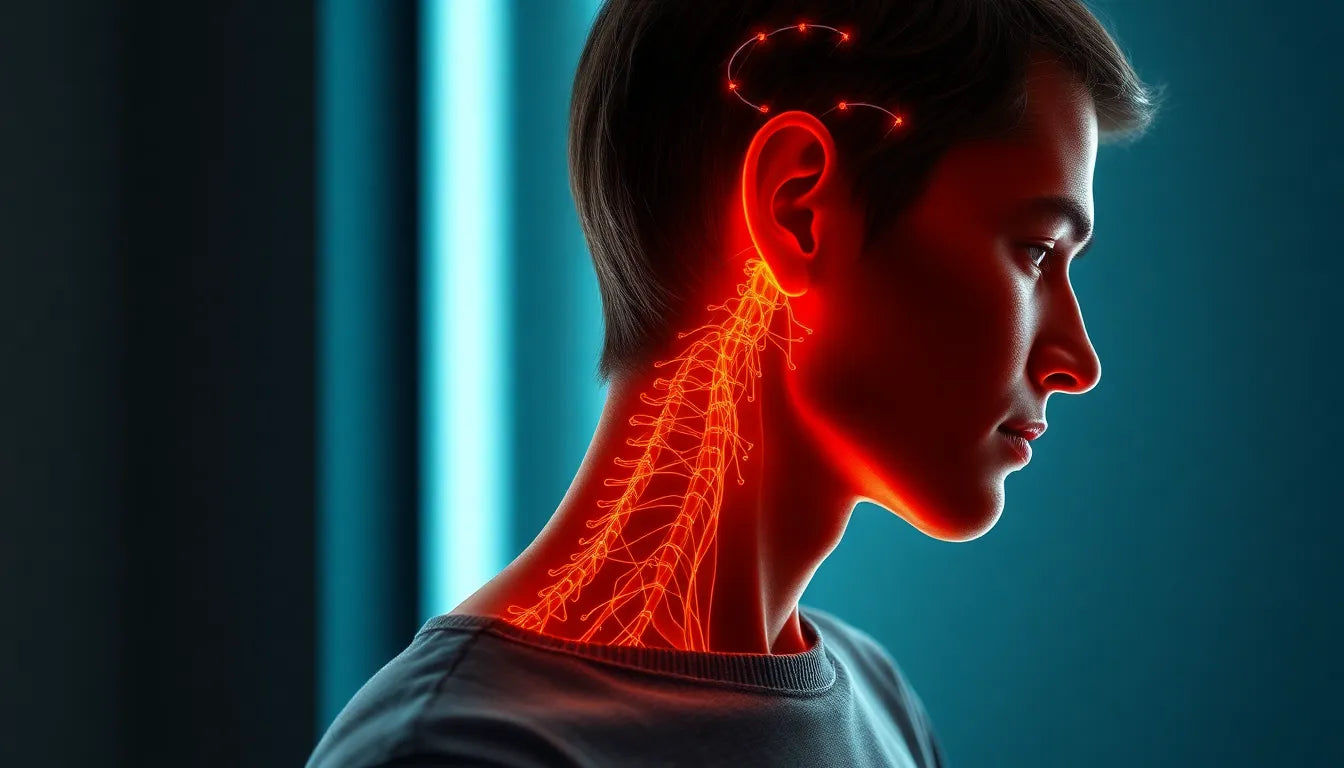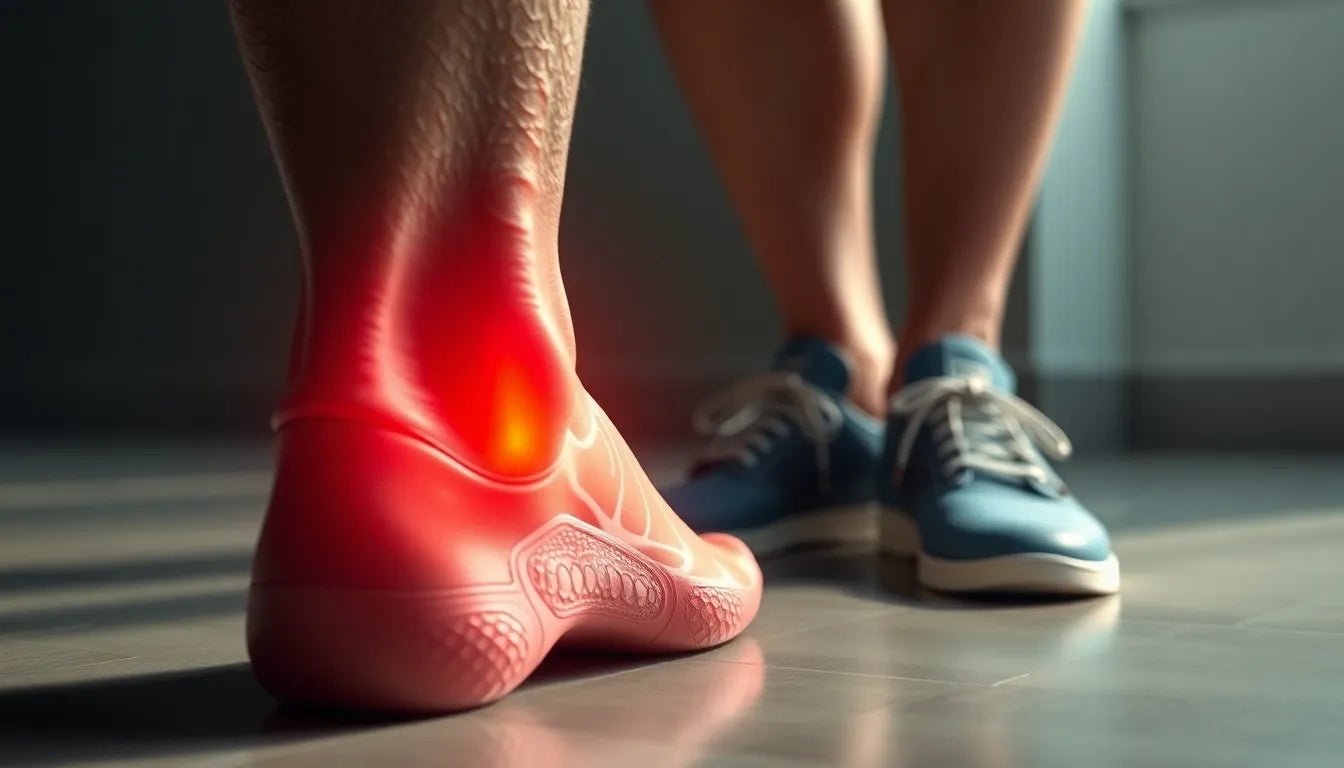Back pain is an all-too-common ailment that can significantly disrupt daily life, and when it strikes on the left side of the back, it can be particularly uncomfortable. This specific type of pain can interfere with everything from your work routine to your ability to enjoy leisure activities. It's not just a physical discomfort but a challenge that can impact your overall quality of life.
The complexity of diagnosing back pain lies in the myriad of potential causes. Pain in the left side of the back can stem from a variety of sources, making it difficult to pinpoint the exact reason without a thorough examination. It could be as straightforward as a muscular issue, such as tension or strain, or as complex as a problem related to internal organs. This complexity highlights the importance of understanding the potential causes and symptoms associated with this condition.
The purpose of this blog post is to delve into the common causes, symptoms, and solutions for pain in the left side of the back. By exploring these aspects, we aim to provide you with comprehensive information that can help you better understand and manage this type of pain. Whether it's identifying the root cause or finding effective relief methods, this post is designed to equip you with the knowledge needed to tackle this discomfort head-on.
Understanding the complexity of back pain
Back pain, particularly on the left side, is not a one-size-fits-all issue. It can arise from musculoskeletal problems, such as muscle tension or poor posture, which are frequent culprits. However, it can also be indicative of more serious conditions involving internal organs. For instance, kidney stones or infections can manifest as back pain, and issues with the spleen, pancreas, or gastrointestinal tract can also contribute to discomfort in this area.
Given the wide range of possible causes, it's crucial to approach back pain with a comprehensive understanding. This includes recognizing the symptoms that accompany different conditions and knowing when to seek medical attention. By doing so, you can ensure that you address the pain effectively and avoid exacerbating any underlying issues.
In the following sections, we will explore the various causes of pain on the left side of the back, identify key symptoms to watch out for, and discuss a range of treatment options that can provide relief. Our goal is to empower you with the information needed to make informed decisions about your health and well-being.
Common causes of pain in the left side of the back
Pain on the left side of the back can often be attributed to musculoskeletal issues, which are among the most prevalent causes. Poor posture, muscle tension, and strains from overuse or improper lifting techniques can lead to significant discomfort. These issues are typically the result of modern lifestyles that involve prolonged sitting or repetitive movements, which can place undue stress on the back muscles.

Lumbar support belt
Supports and stabilises the lower back. Adjustable for targeted pain relief in daily activities.
Beyond musculoskeletal problems, kidney issues are another common culprit. Conditions such as kidney stones or infections can cause sharp, severe pain that radiates from the back to the abdomen. This type of pain is often accompanied by other symptoms like fever or changes in urination, indicating the need for medical evaluation.
Internal organs can also play a role in left-side back pain. The spleen, pancreas, and parts of the gastrointestinal system are located on the left side of the body and can cause referred pain to the back. For example, pancreatitis or an enlarged spleen can manifest as back pain, making it essential to consider these possibilities when diagnosing the source of discomfort.
Recognizing symptoms and knowing when to seek help
While occasional back pain might not be a cause for alarm, certain symptoms should prompt immediate medical attention. Severe pain that occurs suddenly, especially if accompanied by fever, nausea, or blood in the urine, could indicate a serious condition such as a kidney infection or stones. Additionally, if back pain is persistent and does not improve with rest or over-the-counter pain relief, it is advisable to consult a healthcare professional.
To assist readers in evaluating their symptoms, consider the following checklist: Does the pain interfere with daily activities? Is it accompanied by any alarming symptoms like fever or changes in bowel habits? Does the pain persist despite self-care measures? If the answer to any of these questions is yes, seeking medical advice is crucial to prevent potential complications.
Effective treatment options for back pain relief
There are several strategies to manage and alleviate pain in the left side of the back, starting with self-care measures. Rest is essential, but it should be balanced with gentle exercises like yoga or Pilates, which can help strengthen the back muscles and improve flexibility. Applying ice or heat to the affected area can also provide relief by reducing inflammation and promoting blood flow.
Maintaining good posture and ergonomic practices in daily activities is vital in preventing further strain on the back. This includes setting up workstations to encourage proper alignment and taking regular breaks to stretch and move around.
For those whose pain persists, medical treatments may be necessary. Over-the-counter pain relief medications can be effective for mild to moderate pain, while physiotherapy can address underlying muscular issues through targeted exercises and manual therapy. Chiropractic care and the use of ergonomic aids, such as lumbar belts, can also provide significant support and relief.
Ultimately, understanding the underlying cause of back pain and implementing appropriate treatment strategies can significantly improve one's quality of life. By addressing both the symptoms and the root causes, individuals can find effective relief and prevent future occurrences of pain in the left side of the back.
Lifestyle and ergonomic considerations for managing back pain
Addressing pain in the left side of the back often requires a holistic approach that includes lifestyle adjustments and ergonomic solutions. Daily habits, such as your work environment and stress management, can significantly influence the occurrence and intensity of back pain. For instance, prolonged sitting in a poorly designed chair or workstation can exacerbate musculoskeletal issues. Implementing ergonomic solutions, such as adjustable chairs and desks, can help maintain proper posture and reduce strain on the back.

Men's Posture Shirt™ - Black
Patented shirt with NeuroBand™ technology to improve posture and relieve neck, shoulders and back pain.
Incorporating ergonomic aids like lumbar belts can also provide targeted support and alleviate discomfort. These products are designed to stabilize the lower back, reducing pressure on the spine and helping to maintain a healthy posture. Many users have reported significant relief from using such aids, allowing them to engage in daily activities with less pain and discomfort.
Holistic approaches to back pain relief
In addition to conventional treatments, exploring osteopathic and holistic therapies can offer a comprehensive approach to managing back pain. Osteopathy, for example, treats the body as an interconnected system, focusing on the relationships between different body parts and functions. This approach emphasizes the body's natural ability to heal itself, using manual manipulation and other techniques to improve mobility and relieve pain.
Holistic treatments often include practices such as acupuncture, massage therapy, and mindfulness exercises, which can help reduce stress and muscle tension. These therapies aim to address not only the physical symptoms but also the emotional and psychological factors that can contribute to back pain.
Frequently Asked Questions
What are the most common causes of pain in the left side of the back?
The most common causes of pain in the left side of the back include musculoskeletal issues such as muscle tension, strains, and poor posture. Kidney-related problems, like kidney stones or infections, can also manifest as back pain. Additionally, issues with internal organs, such as the spleen, pancreas, or gastrointestinal tract, can contribute to discomfort in this area.
When should I see a doctor for back pain?
It is important to seek medical attention if you experience severe pain that occurs suddenly, especially if it is accompanied by fever, nausea, or blood in the urine. Persistent pain that does not improve with self-care measures or over-the-counter medications should also be evaluated by a healthcare professional.
What self-care measures can I take to relieve back pain?
Effective self-care measures for relieving back pain include resting, applying ice or heat to the affected area, and engaging in gentle exercises like yoga or Pilates. Maintaining good posture and incorporating ergonomic practices in daily activities can also help prevent further strain on the back.
Are ergonomic aids effective for managing back pain?
Yes, ergonomic aids such as lumbar belts and adjustable chairs can be effective in managing back pain. These products help support the spine, promote proper posture, and reduce pressure on the back, which can alleviate discomfort and prevent future pain.
Can stress contribute to back pain?
Stress can indeed contribute to back pain by causing muscle tension and spasms. Managing stress through techniques such as mindfulness, meditation, and regular physical activity can help reduce its impact on your back and overall health.
Kilder
- Aarhus Osteopati. "Rygsmerter Behandling."
- Min Osteopat. "Smerter i Ryggen Under Skulderblad."
- Apopro. "Ondt i Lænden."
- Rigshospitalet. "Fakta om Ryggen og Rygsmerter."
- Nordsjællands Kiropraktorcenter. "Facetled: Hyppig Årsag til Smerter i Ryggen."
- FysioDanmark. "Smerter i Ryggen: Her er Hvad Du Kan Gøre."


















